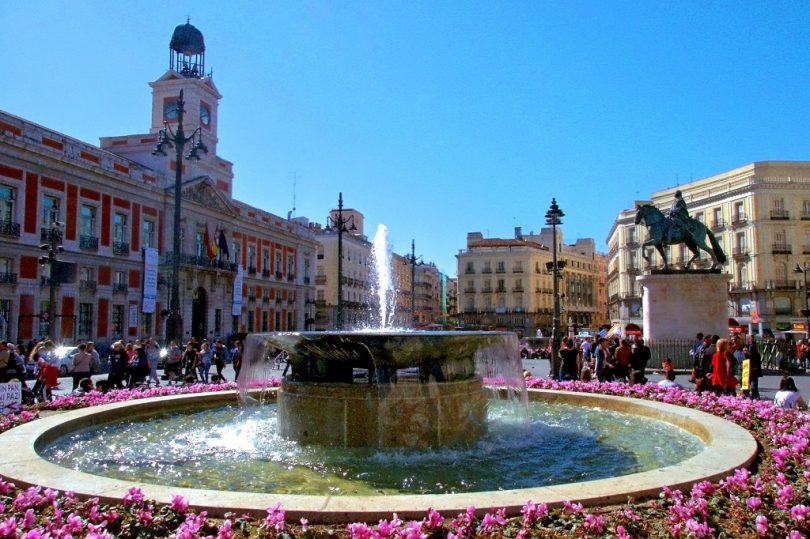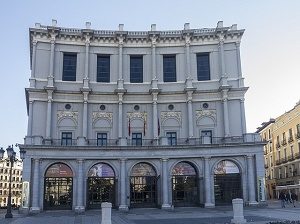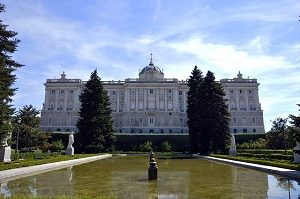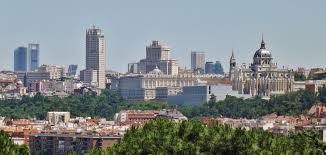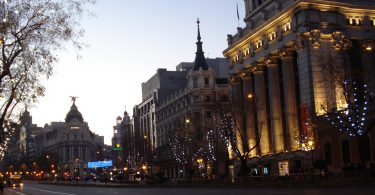The neighborhood of Los Austrias, which is also known as El Madrid de los Austrias, is the oldest part of the city, with buildings and infrastructure originating from La Casa de Austria (House of Hapsburg).
The Austrians (as they were called in Spain) started to reign under the Catholic Monarchs’ grandson, Charles I, and El Madrid de los Austrias began to flourish exactly at the time Philip II set up his court in the city in the sixteenth century.
Tourists who don’t want to miss any details of the neighborhood of Los Austrias, should visit the centre of Madrid and its neighbourhoods of Sol and Palacio. The main areas, however, can be found at Plaza Mayor, Plaza de la Villa and Plaza de Oriente.
Related article: The Districts of Madrid
What you didn’t know about Los Austrias and its history
If you have already been to this charming neighbourhood, or you plan on visiting it next time you are in the capital, please take notice of the following historical interesting facts you might not yet know:
- El Teatro Real (or Royal Theatre) is Madrid’s best and most important opera house, and it is located at Plaza de Oriente. Being the central point of Los Austrias, many musical instrument shops and also important art and music schools have established close by. You will also discover many popular taverns and grill restaurants here.
- Plaza de Oriente is an open, luminous and light square with the entrance to the Royal Palace. Some may not yet know that, in medieval times, the square was actually a grove that led to the Arab fortress, which was built on the banks of the river Manzanares. Later during the French domination, Bonaparte created a boulevard here to connect the palace with the Alcalá gate through Puerta del Sol.
- Truth must be told that Madrid’s Royal Palace did not often fulfill the purpose for which it was built. Spanish kings always preferred other royal buildings, such as the monastery of El Escorial or the palace of Aranjuez. Today’s king of Spain doesn’t even live in this palace, because the palace of Zarzuela is his residence. The Royal Palace is now being used for solemn events and official ceremonies.
Related article: The History of Madrid’s Chueca Neighbourhood
- The wooden carvings from the Visigoth kings that once decorated the palace’s ceilings, can now be found at the Plaza de Oriente, Retiro and in other Spanish cities.
- The neoclassical palace has a large weapons courtyard and a gallery that leads to several majestic halls. Its walls show valuable paintings from the hands of El Bosco, Caravaggio, Goya and Velázquez.
- The most characteristic rooms in the Royal Palace are its library, the Royal Armory, the Music Museum and the Gala dining room. Surrounding the palace are its spectacular gardens, designed by Sabatini, and the magnificent Campo del Moro.
- Kings who had lived in Madrid since Philip II had never considered building a cathedral, until Alfonso XII took over. Constructions started under the architect Marquis of Cubas, but expensive works lasted for over a century. The end result was somewhat unexpected, shocking and not in harmony, to say the least, as styles in the Almudena Cathedral, while trying to meet the aesthetic profile of the Royal Palace, had unfortunately been mixed.
*Main photo by Jose Javier Martin Espartosa via Visualhunt
Are there other interesting facts about Los Austrias?



